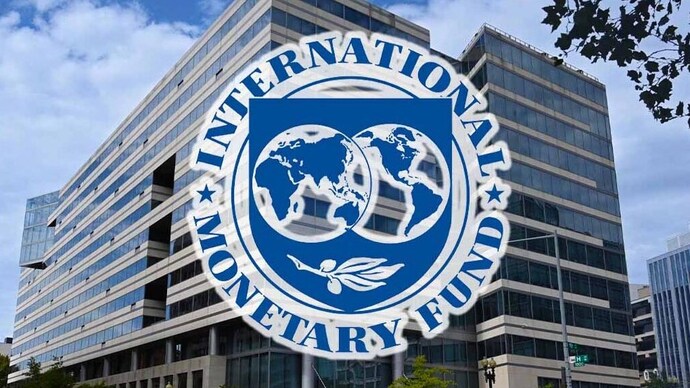Core Truth
The World Bank Africa’s Pulse report has revealed that more Nigerians will sink into poverty by the year 2027.
The report released on Thursday indicated that Nigeria’s poverty rate will increase by 3.6 percentage points over the next five years through 2027.
The release was made at the ongoing Spring Meetings of the International Monetary Fund (IMF) and the World Bank in Washington DC, United States.
“Importantly, poverty in resource-rich, fragile countries (including the Democratic Republic of Congo and Nigeria) is expected to increase by 3.6 percentage points over 2022–27, being the only group in the region with increasing poverty rates.”
The report noted a well-established pattern, which has linked resource wealth and fragility or conflict with the highest poverty rates.
This accounts for an average poverty rate of 46 per cent in 2024, 13 percentage points above non-fragile, resource-rich countries.
Conversely, non-resource-rich, non-fragile countries saw the biggest gains in poverty reduction since 2000 and fully closed the gap in poverty with other non-resource-rich countries by 2010.
According to the report, non-resource-rich countries are expected to continue to reduce poverty faster than resource-rich countries.
Besides, giving higher prices of agricultural commodities, non-resource-rich countries will see higher growth overall, despite fiscal pressures.
“Conversely, resource-rich countries are not expected to grow at the same rate given decelerating oil prices.
“As a result, resource-rich countries are expected to see less progress in terms of poverty reduction.
The bank called for “urgent improvement in service delivery in countries with rapidly expanding populations, such as the Democratic Republic of Congo and Nigeria.”
Impact of Urbanization
The World Bank said poverty reduction can be accelerated by rapid urbanization under the right conditions.
It noted that from 2010 to 2019, poverty reduction was primarily driven by urbanization rather than significant decreases in poverty within rural or urban areas.
“In 2020, only 41 per cent of the continent was urbanized, but the urban population is projected to grow by over 238 million by 2035, surpassing the rural population,” it said.
World Bank noted that the rapid urbanization offers opportunities for the rural poor seeking to improve their livelihoods through migration.
But this depends on the ability of urban areas to provide the necessary infrastructure, services, and employment opportunities to support the increased population.





